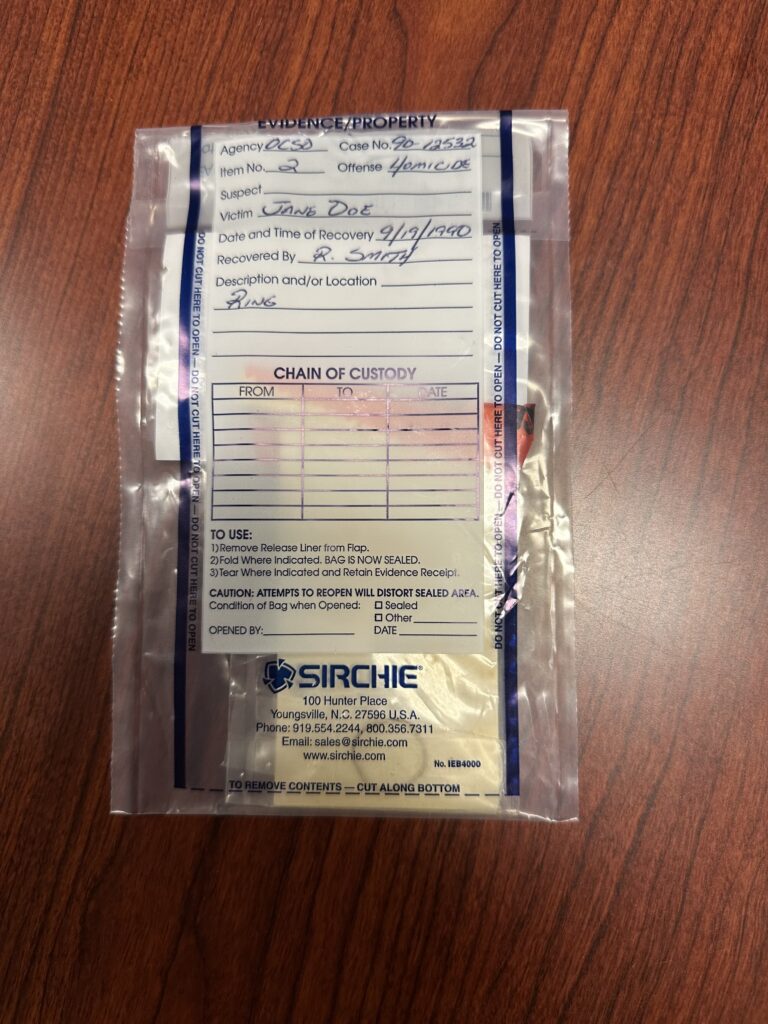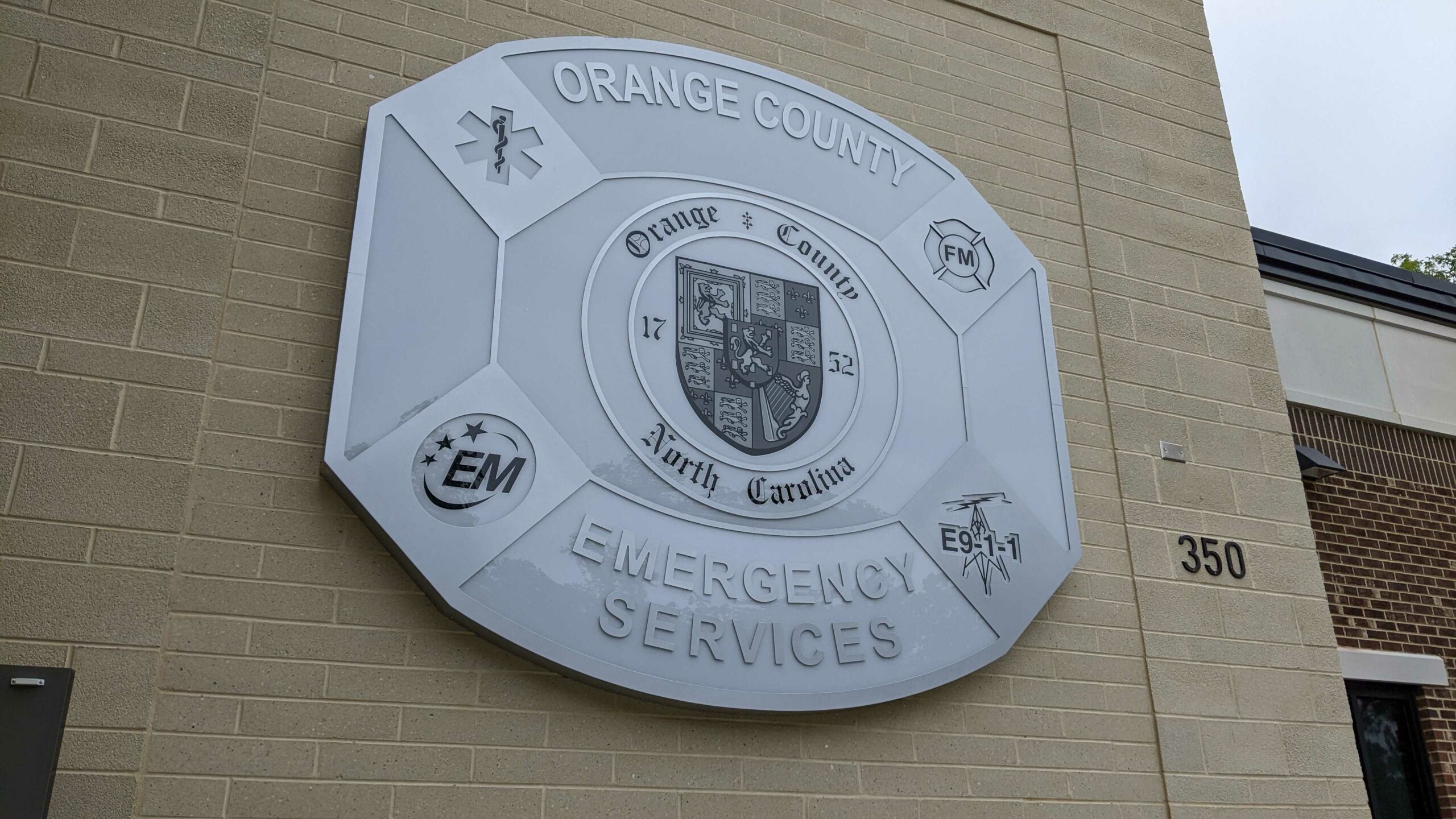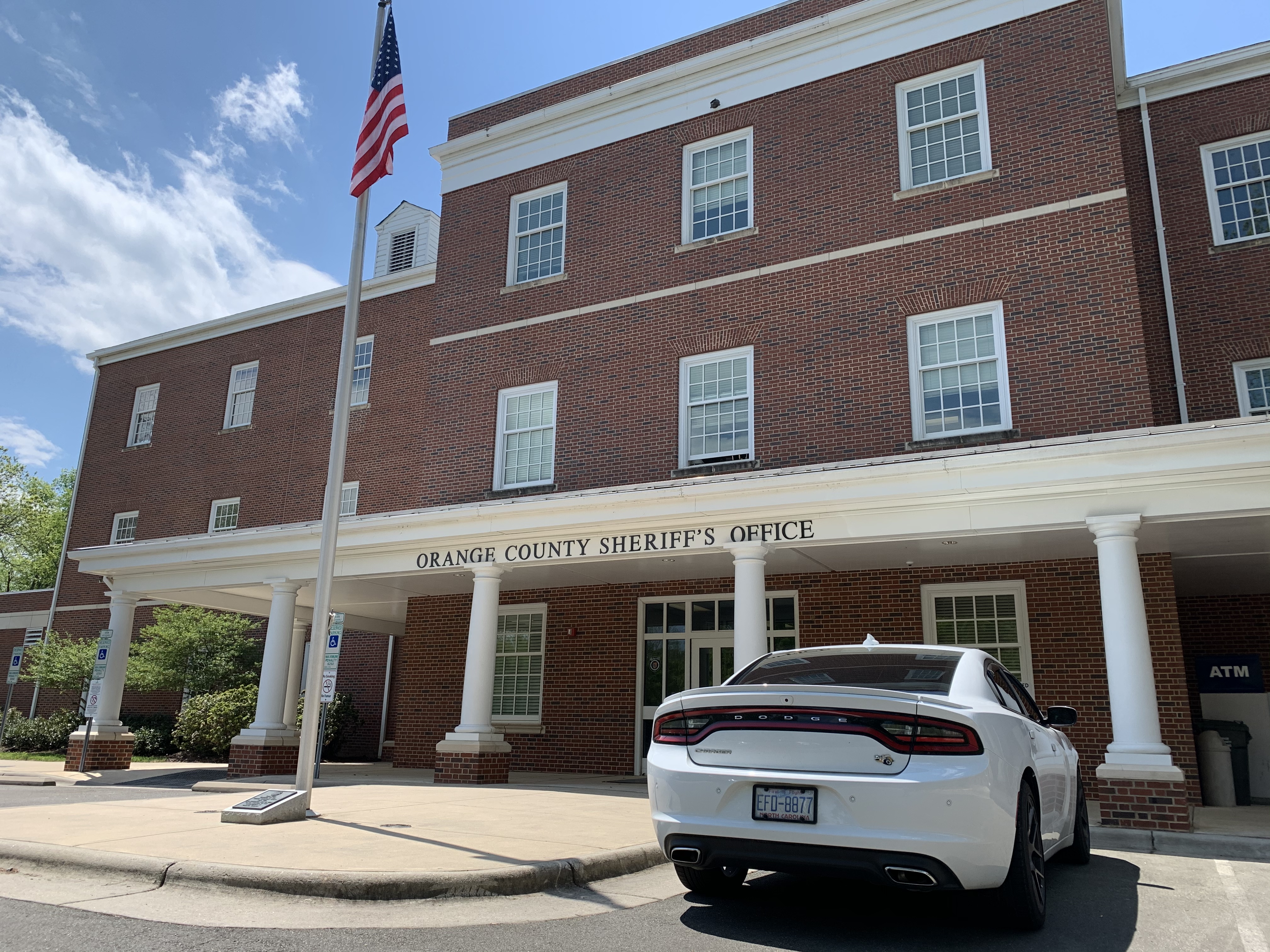In September 1990, a road crew was working along Interstate 40 in Orange County when its workers spotted something near the eastbound New Hope Church Road exit: a human body. The victim, a woman, went unidentified despite local law enforcement’s efforts across three decades.
Now, however, the Orange County Sheriff’s Office says it knows the victim’s identity and is re-energized in finding her killer.
A release from the sheriff’s office on Wednesday said by using new technology, forensic genealogy, and tracking down the extended family of the victim, investigators can confirm the woman on the side of the road was Lisa Coburn Kesler.
“Throughout the decades,” said Orange County Sheriff Charles Blackwood, “some of our finest investigators kept plugging away. When you can’t close a case, it gets under your skin. You might set the file aside for a while, but you keep coming back to it, looking to see something you didn’t notice before, or hoping information gathered in ensuing cases has relevance to your cold case. Investigators also monitor new techniques and technologies in the field, which is what eventually led to the breakthrough in Ms. Kesler’s case.”
Kesler, who primarily lived in Jackson County, Georgia, was 20 years old when she died — with experts believing she was killed by strangulation one week prior to the discovery of her body. She had family in Michigan that she’d travel to visit, so her disappearance in 1990 was likely believed to be a her choice to stay in one place or the other.
Wednesday’s release credited the efforts of investigator Dylan Hendricks, who took over handling the unidentified victim’s case in June 2020. Previous investigators had used forensic facial reconstruction to create a bust and digital illustration to create a graphic of an approximate photo of her to share with the public. Hendricks turned to DNA methods, sending a hair fragment to the genome sequencing company Astrea Forensics to extract a DNA profile. From there, the Orange County investigator consulted with forensic genealogist Leslie Kaufman, who used the DNA information to begin identifying potential family members using genealogy databases and searching for those who had missing family.

A sketch illustration created by a local sheriff’s deputy in 1990 as part of an Orange County homicide investigation. The sheriff’s office publicly announced on September 27 that the victim in the case has now been identified as Lisa Kesler. The sketch is believed to be one of the more accurate depictions of the 20-year-old.

An evidence bag of a ring found on a 1990 body that was long unidentified — until the Orange County Sheriff’s Office confirmed it was Lisa Kesler of Georgia. (Photo via the Orange County Sheriff’s Office.)
After finding some people Kaufman believed to be paternal cousins to the victim, investigators began interviewing them — and quickly learned of one relative who fit the genetic profile. After confirming through a DNA request of a maternal relative, the Orange County Sheriff’s Office could formally say Lisa Kesler was the ‘Jane Doe’ in its homicide investigation.
“Essentially,” Hendricks said in Wednesday’s release, “there was a Lisa-shaped hole on a branch of the family tree right where the DNA told us Lisa should be, and no one knew where she was.”
The sheriff’s office’s determination allowed for the Office of the Chief Medical Examiner to amend the victim’s death certificate with Kesler’s information and to update the national database NamUs to reflect the DNA method used to ultimately identify her.
Blackwood said, though, Kesler’s case is far from closed. The Orange County Sheriff said this is an example of why law enforcement should continue long-term investigations into unknown victims’ identities and how reaching out to third-parties for additional help or resources can be critical.
“I am very happy we solved the three-plus-decades-old mystery of this young woman’s identity, and I hope it provides solace to her family members,” Blackwood said on Wednesday. “We are grateful to the many investigators, passionate volunteers, and talented professionals who assisted with this effort. I believe we collectively demonstrated the value of dogged determination, which we will now apply to the task of identifying her killer. There is no statute of limitations on murder, and no time clock on justice.”
Anyone who may have information about Lisa Kesler’s death is encouraged to call Investigator Hendricks at 919-245-2951, according to the Orange County Sheriff’s Office. Anyone who prefers to leave an anonymous tip can use this page on the the sheriff’s office website.
Photo via the Orange County Sheriff’s Office.
Chapelboro.com does not charge subscription fees, and you can directly support our efforts in local journalism here. Want more of what you see on Chapelboro? Let us bring free local news and community information to you by signing up for our biweekly newsletter.









Comments on Chapelboro are moderated according to our Community Guidelines